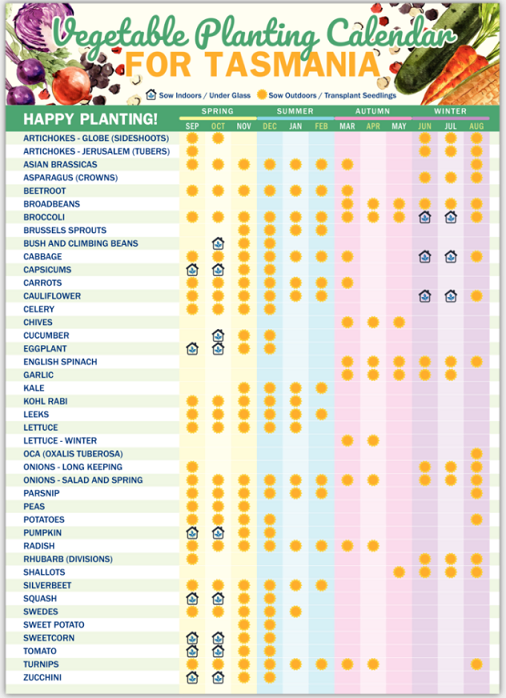
SPRING and early summer is always a time of new, soft, sappy shoots and already there are huge armies of greedy pests beginning to feast off them.
Most common of all are aphids, and there’s a huge variety. Almost every species of plant attracts its own specific legion of these soft-bodied, sap-sucking parasites.
We see bright green aphids clustered so thickly on young rose shoots that they appear twice as thick and even swelling flower buds can be completely submerged under a mass attack.
Some rose varieties are particularly attractive to aphids. Any rose plant that happens to be struggling because of poor soil or insufficient sunlight is bound to become massively infested.
The relentless feeding of aphids weakens growth and causes distortion of blooms. Treatment is to either blast the clusters off using a solid jet of water from a garden hose, or to spray.
The safest and most effective of all insect pest sprays is pyrethrum. This is an extract from a plant and is an instant, contact killer of aphids.
Unfortunately it can also kill beneficial insects — including ladybirds and their young, both of which feed off aphids.
So if you see lots of ladybirds and their weird, black and yellow, dragon-like young, happily browsing among or near aphid colonies, don’t bother spraying.
And if spraying has to be carried out because of the massive strength of an aphid invasion, do the job late in the day when most bees have safely gone to bed.
The aphids that attack citrus trees appear almost black. In fact they are called black citrus aphids and they appear every November and December, always on young dark shoots of lemon and other citrus trees.
Often they are massed together towards the ends of branches and a serious invasion can definitely stunt the growth of young citrus trees. Again pyrethrum sprays will devastate and destroy black citrus aphid colonies.
Luckily one good, carefully aimed spraying is enough to put an end to this infestation — at least until next spring.
Among the most difficult to get at are cherry aphids, because they keep well hidden. They infest and feed off young growth at the tips of branches, but are able to cunningly distort and roll the leaves to form protective “tents”. We only see the odd looking, ball-like clumps of leaves at cherry branch tips. However, once unrolled, the great clusters of black, shiny aphids can be seen massed within.
This protective leaf cover helps to shield these sap-sucking pests from birds and other predators. It also deflects contact sprays such as pyrethrum. A simple remedy is to snip off all infested leaf clumps and destroy them.
Alternatively, insert spray nozzles inside each leafy tent. A good squirt of pyrethrum will then immediately destroy all aphids.
Stone fruit aphids are also black and shiny. They appear to favour the fresh young shoots of Japanese plum and some ornamental, flowering plum varieties. Their presence is easily noticed because growth stops and all leaves along soft shoots, especially those on young trees, begin to wither.
The black aphids can be seen clustered along the youngest branches. A good spray with pyrethrum will finish them off within minutes.
In the vegie garden grey cabbage aphids can have a devastating effect on cabbage, cauliflower, broccoli and, to a lesser extent, kale seedlings.
They usually overwinter on old brassica stumps that have been left in the ground and started to shoot again.
They are also prevalent on cabbages and related plants that were planted too late last autumn and consequently became growth-checked by cold, wet conditions during winter.
The remedy is to drag out all old brassica stumps and failed plants.
Badly infested seedlings are best pulled out and replaced. Strong-growing, maturing brassicas usually have only older, outer leaves infested with grey aphids.
These leaves are never eaten anyway, so they can be snapped off and chucked into the compost bin. Spraying is unnecessary.
Once mature, the healthy, remaining parts of these plants will be perfectly edible after harvesting.
First published November 17, 2014 - The Weekly Times
-----------------------------------------------------------------------
Check out our Tasmanian Planting Calendar Fridge Magnet – A5 size only

A year-round guide for when to plant your veggies in Tasmania. Never lose your planting guide again with a convenient fridge magnet for secure attachment to any metal surface. This growing guide has been tried and tested by some of the best Gardener’s in Tasmania, and is specifically adapted to the Tasmanian climate.
Excellent Gift for any Tasmanian you know with green thumbs and who likes Peter Cundall as much as i do!
Make sure you follow the calendar and you will have a successful year of growing vegetables in Tasmania.
Price includes FREE SHIPPING Australia wide. BUY HERE